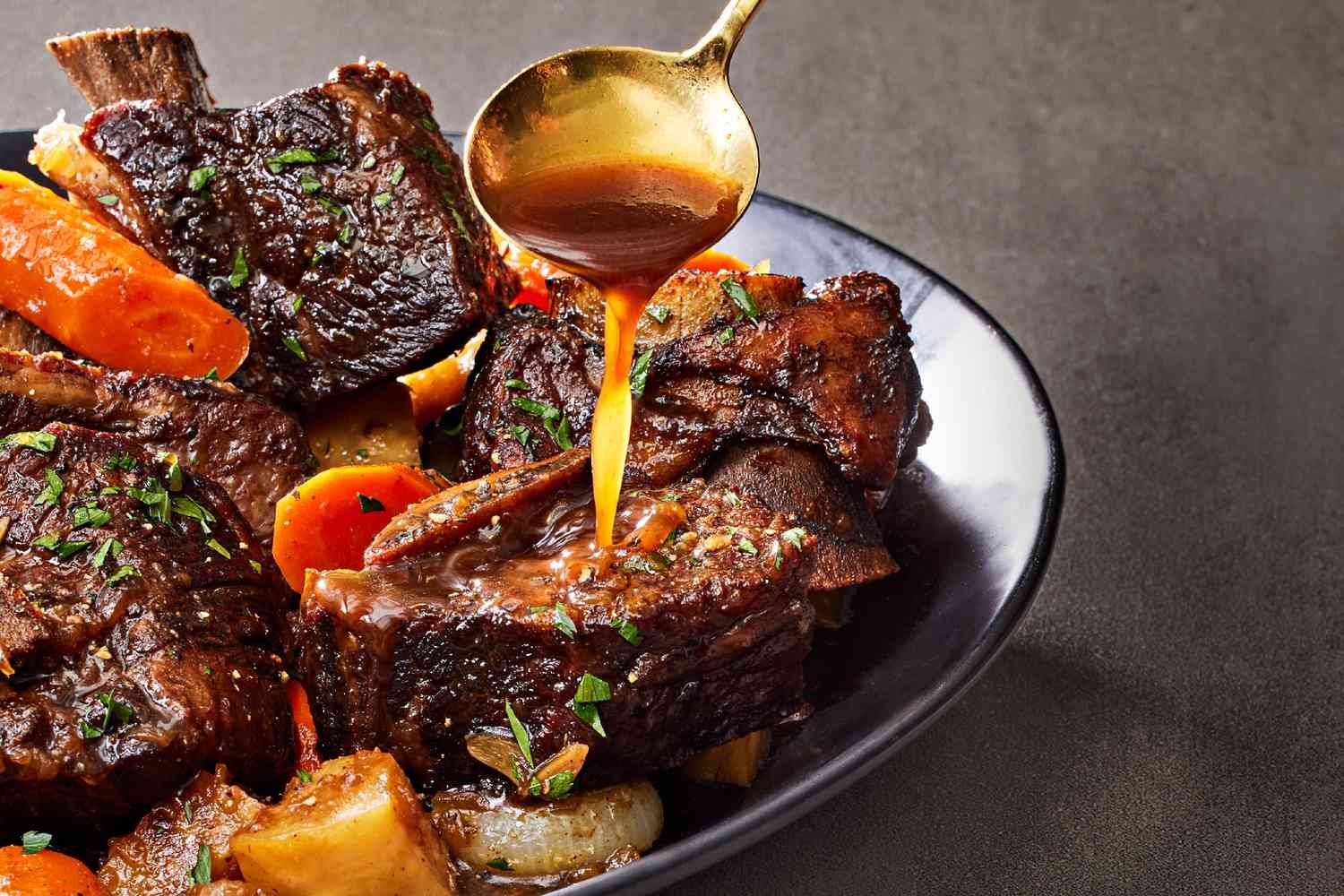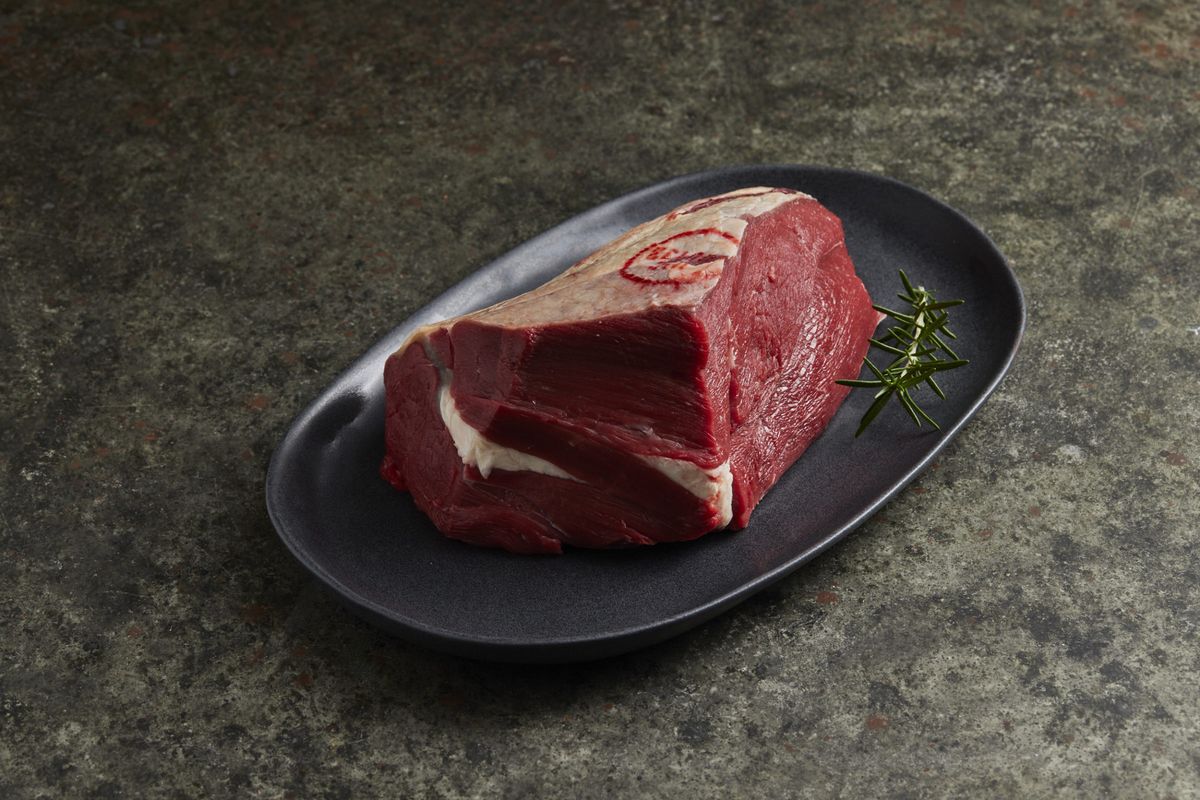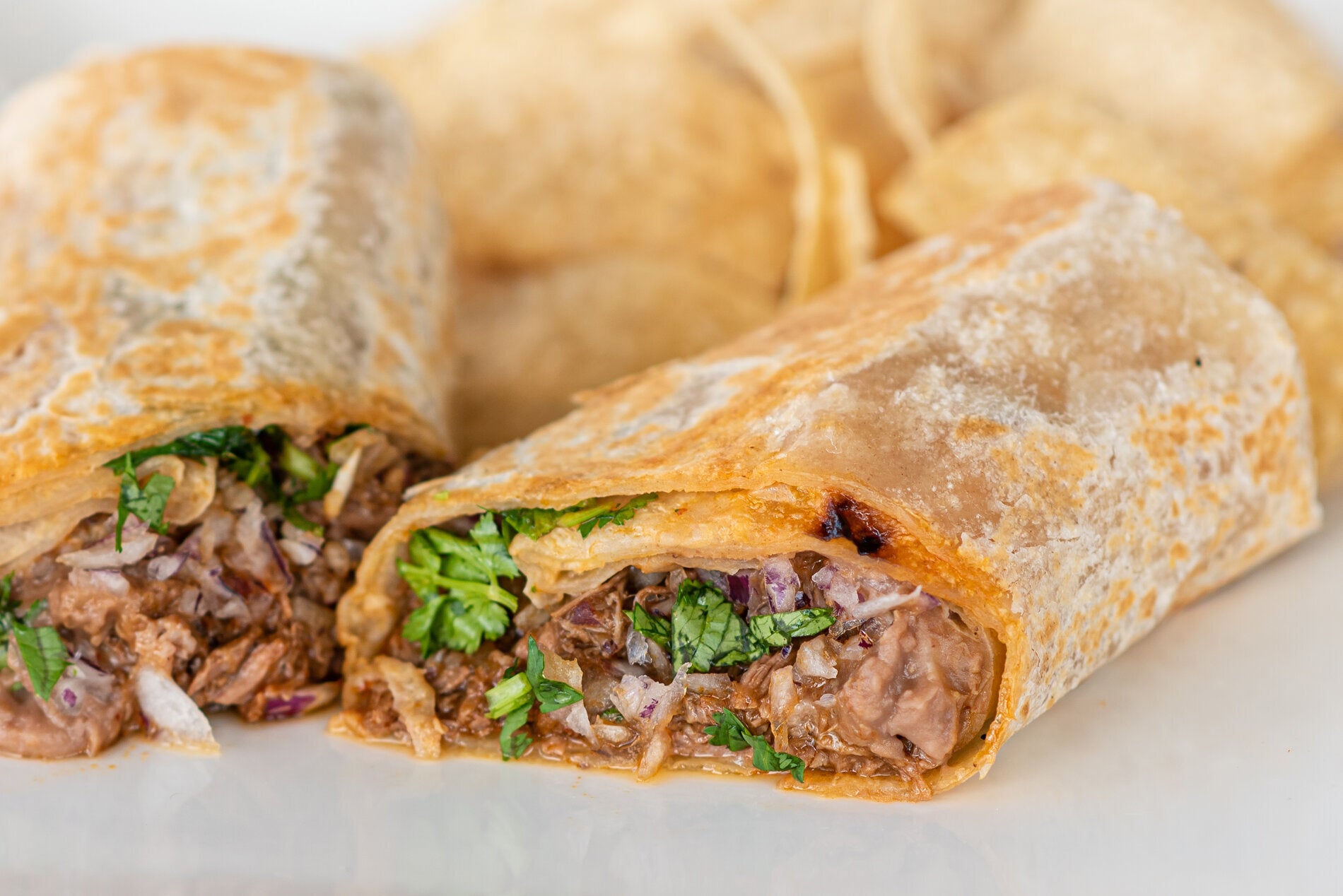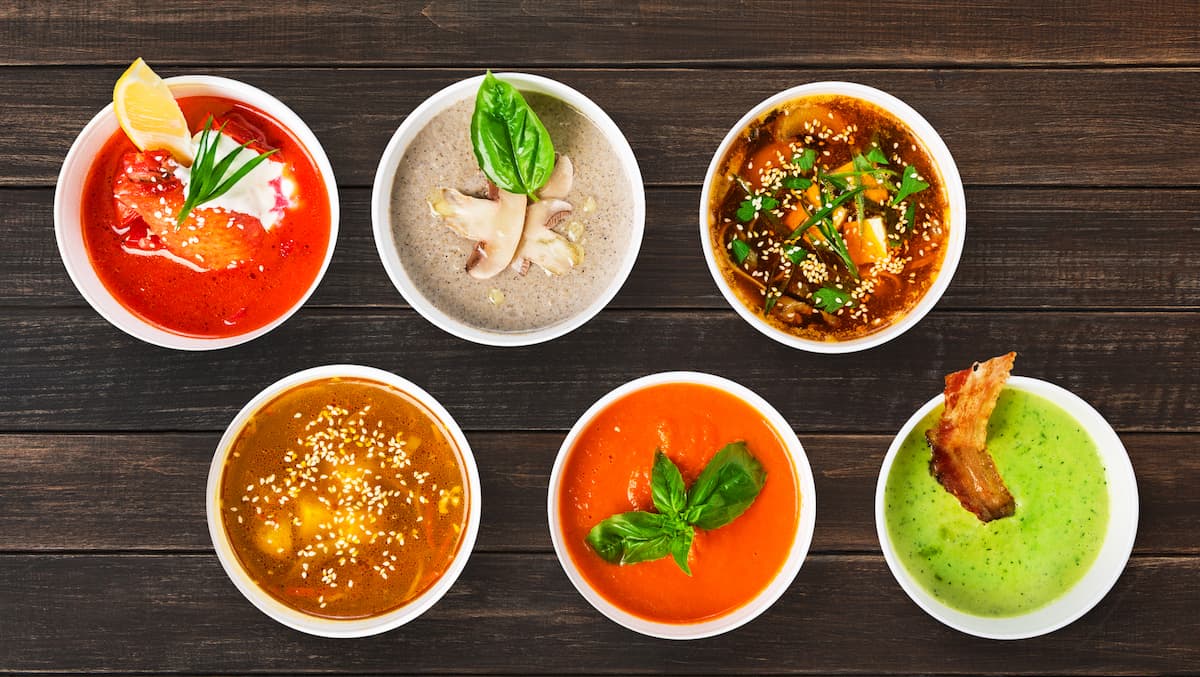Asado: A Culinary Journey Through the Argentine Tradition
If you're a fan of barbecue, then you're in for a treat with the Argentine tradition of asado. This beloved culinary practice is deeply ingrained in the culture of Argentina and is a must-try for any food enthusiast. In this article, we'll take a closer look at what asado is all about and why it holds such a special place in the hearts of Argentinians.
The Origins of Asado
Asado can be traced back to the early days of the Spanish colonization of the Americas. When the Spanish conquistadors arrived in Argentina, they brought with them their tradition of grilling meat over an open flame. Over time, this cooking method became intertwined with the gaucho culture of the Argentine pampas, where it evolved into the beloved tradition that it is today.
The Art of Asado
At its core, asado is a celebration of meat. The most common meats used in asado include beef, pork, and lamb, all of which are expertly seasoned and slow-cooked over a wood-fired grill known as a parrilla. The process of preparing asado is considered an art form, with each step carefully executed to ensure the perfect balance of flavors and textures.
Key Elements of Asado
When it comes to preparing asado, there are a few key elements that are essential to the process:
-
Wood-Fired Grill: The use of a wood-fired grill is crucial to achieving the authentic smoky flavor that is characteristic of asado.
-
Cuts of Meat: Asado typically includes a variety of cuts, including ribs, sausages, and offal, each offering its own unique taste and texture.
-
Seasoning: Simple yet flavorful seasonings such as salt, pepper, and herbs are used to enhance the natural flavors of the meat.
-
Slow Cooking: Patience is key when it comes to asado, as the meat is slow-cooked to perfection, allowing the flavors to develop fully.
The Social Aspect of Asado
In Argentina, asado is more than just a meal – it's a social event that brings friends and family together. It's common for gatherings to center around the preparation and enjoyment of asado, with lively conversations and laughter filling the air as the meat sizzles on the grill. The act of sharing a meal of asado is a cherished tradition that fosters a sense of community and togetherness.
Pairing Asado with Wine
No asado is complete without a good bottle of Argentine wine. The rich, bold flavors of the meat are perfectly complemented by the robust red wines that Argentina is famous for. Whether it's a Malbec, Cabernet Sauvignon, or a Tannat, the right wine can elevate the experience of enjoying asado to new heights.
Conclusion
In conclusion, asado is more than just a way of cooking meat – it's a cultural institution that holds a special place in the hearts of Argentinians. From its humble origins to its status as a beloved social tradition, asado represents the essence of Argentine culinary heritage. So, the next time you find yourself in Argentina, be sure to partake in the time-honored tradition of asado and savor the flavors of this iconic culinary experience.
Was this page helpful?
Read Next: What Is A Celebration Cake











